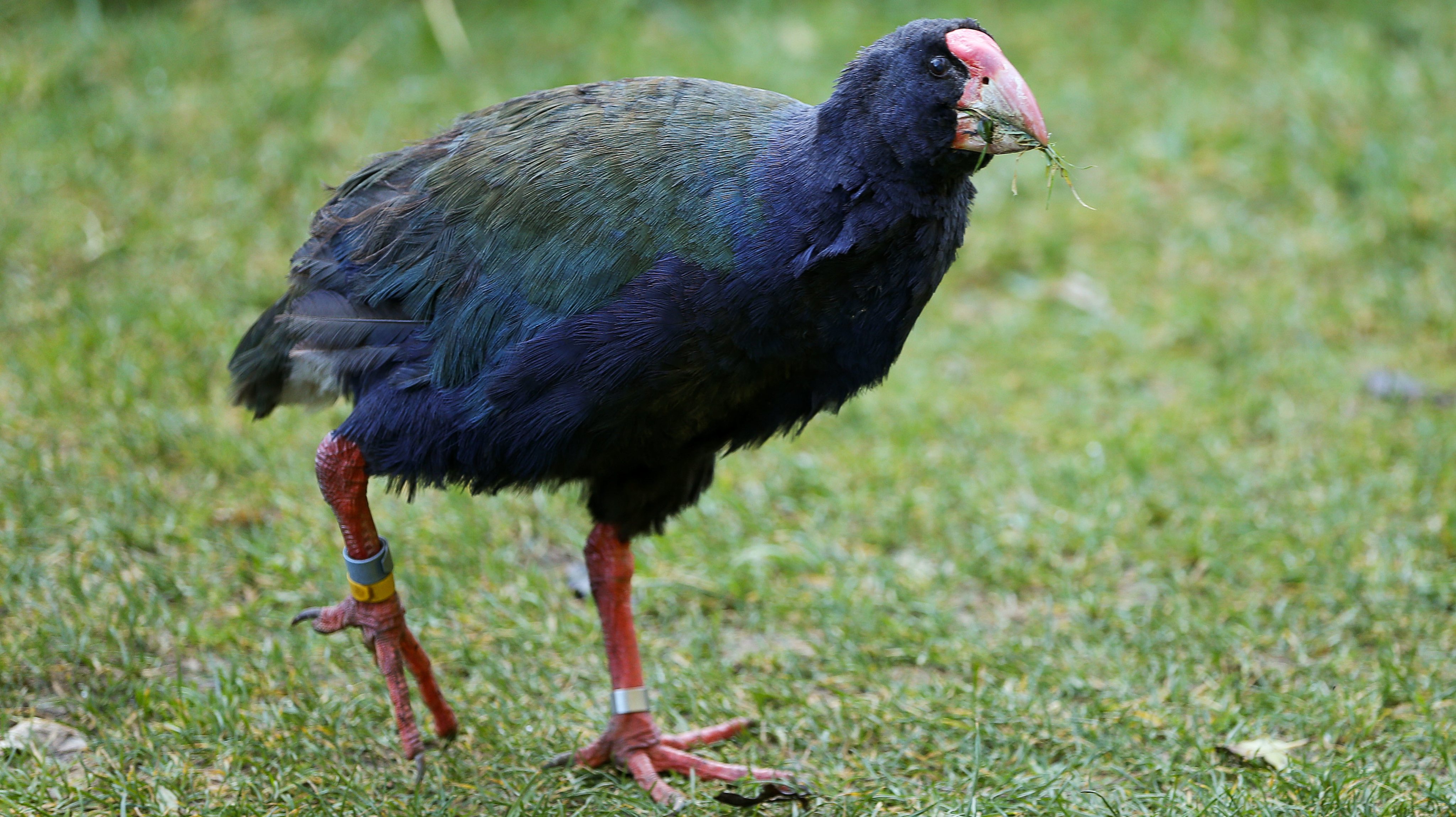The takahē (or southern tacaé) is a species of bird whose first data dates back to the prehistoric Pleistocene era. For decades it was on the verge of extinction, but finally returned to its habitat. Eighteen of these birds were released last week in the valley of Lake Whakatipu Waimāori, an alpine area on the South Island of New Zealand, according to the British newspaper The Guardian.
At about 63 cm and a pair of wings that do not allow it to travel, this bird has violet-blue plumage, giving the takahē a prehistoric appearance that “colors” the green of the New Zealand valleys.
“They look almost prehistoric,” says Tumai Cassidy, from the Ngāi Tahu tribe. For these landowners where the takahē were released, the meaning is different. The tribe sees in this bird the image of the ancestors and of the necessary duels that led to the conquest of those lands. Therefore, they even faced a legal battle for this species to be released.
“There are few things more beautiful than seeing these great birds galloping back to the land of tussock where they hadn’t been in more than a century”, contemplates O’Reagan, a Ngāi Tahu “rangatira”, that is, older.
Known for inhabiting mountainous and difficult-to-access areas, the presumed extinction occurred in 1898 with the arrival of the traveling companions of the European settlers: stoats, cats, ferrets, and rats.
However, in 1948 a small population was discovered in the Murchinson Mountains of the South Island. To protect the species from ultimate extinction, some researchers artificially collected and incubated takahē eggs, feeding the young as they hatched. Subsequently, the Department of Conservation (DOC) placed the birds in sanctuaries and nature parks with many traps.
New Zealand’s effort to protect endangered species is not new. The country aims to eliminate predators such as voles, skunks and stoats by 2050.
If these takahē adapt as expected, it is planned to release seven more juveniles in October and up to 10 juveniles early next year.
“After decades of hard work to increase the takahē population, it is gratifying to focus now on establishing more wild populations,” says Deidre Vercoe, takahē recovery operations manager. But the same official warns that “there are challenges: establishing new populations of wild native species can take time and success is not guaranteed.”
Currently, the takahē population numbers 500 birds and has an annual growth rate of 8%.
Source: Observadora
